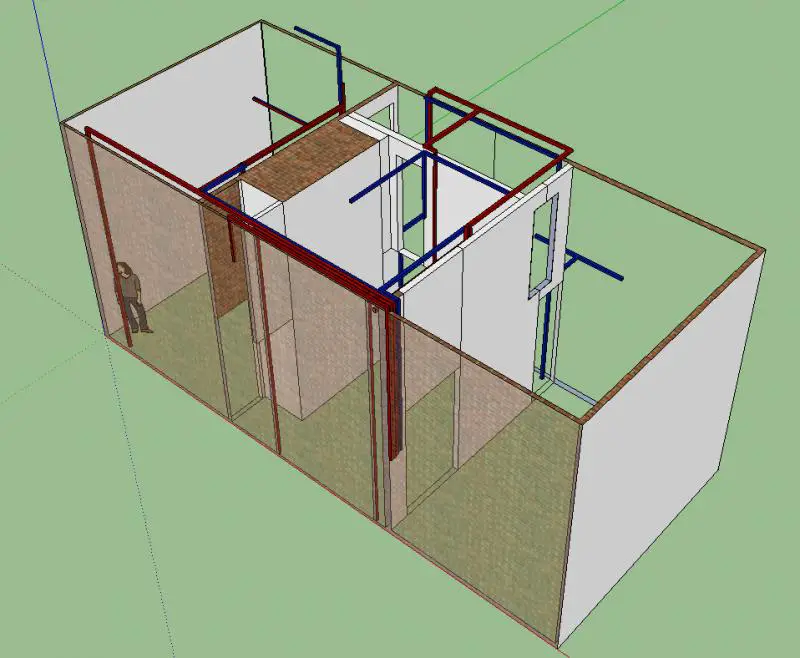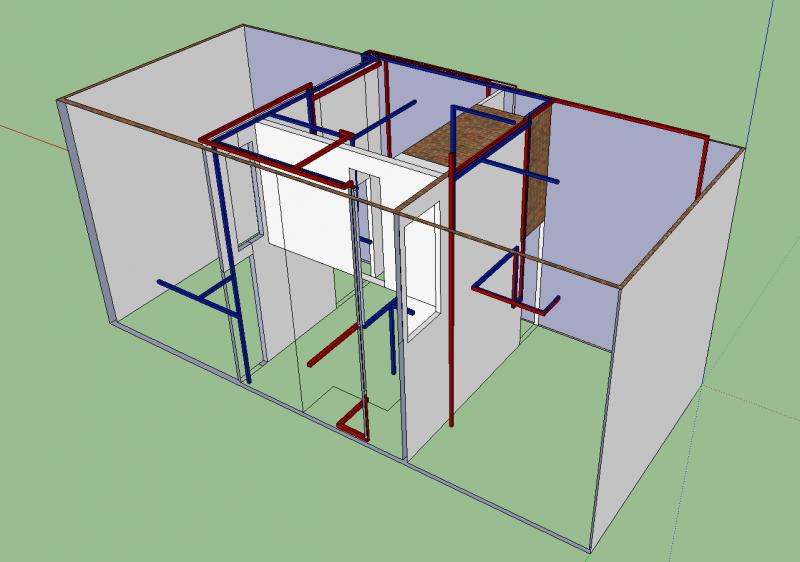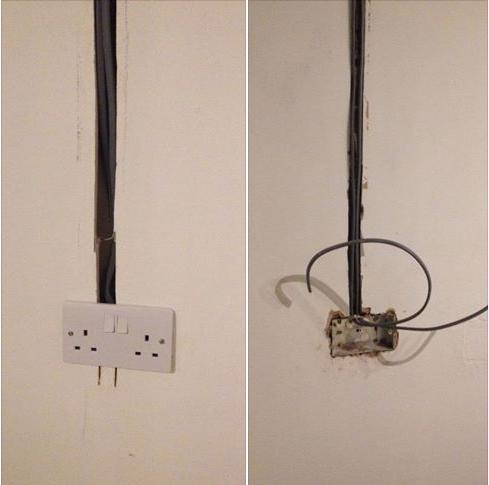Eric's figure of 44m presumably related to the guidance as regards maximum voltage drop for a lighting circuit (3% of 230V), assuming the circuit is fully loaded to its 6A maximum (1,380W total lighting). From the point of view of earth fault loop impedance (which is the safety issue) a 6A 1.5 mm² circuit could be over 170m long, even with a TN-S earthing system.It looks like I've got over 44m, presumably simply sticking in 2.5mm should do the trick?For a lighting 6A radial using 1.5 mm² you will see it's around 44 meters.
If you use energy saving and/or LED lamps, your total load will probably only be a fraction of that 6A/1,380W maximum, so (although some here will probably object!) you could probably argue that (even if one 'believes in the guideline VD limits') it is not appropriate/necessary to ensure that the VD does not rise to more than 3% with a hypothetical load much higher than you will be utilising. I can't say that I've ever seen a domestic lighting circuit using 2.5 mm² cable - and there might be an issue dealing with that size cable in some lighting accessories. However, since this is a potentially contentious issue, you would certainly be advised to discuss it with the LABC before you did anything, if you were dealing with them yourself.
More than 44m for a lighting circuit sounds an awful lot, particularly given that you are presumably going to have two or more lighting circuits. Is it an exceptionally large house?
Kind Regards, John





